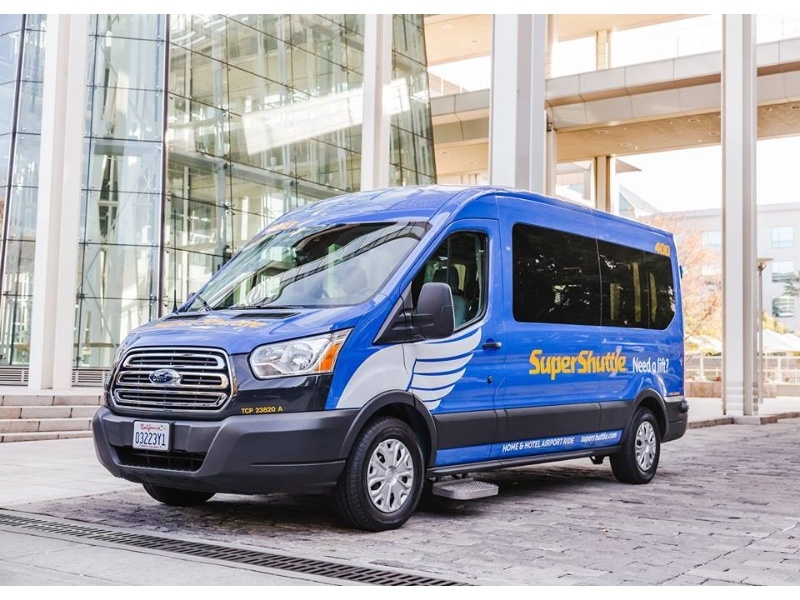Planning to step off your next flight and into a van or a sedan? You might want to plan ahead.
The end of 2019 will also bring the end of a business long familiar to many air travelers. Last week, the airport shuttle service SuperShuttle announced that it will close worldwide after December 31. (Customers who have reservations after that date will receive refunds.) At its peak, SuperShuttle’s distinctive blue and yellow vans transported walk-up and reservation-based passengers to and from over 100 airports in North America and around the globe. Company officials cited “changes in the competitive and regulatory landscape” as key reasons for the closure: in other words, the emergence and continuing expansion of ridesharing networks such as Uber and Lyft.
Traditional shuttle service availability can have a range of effects. Right now, for example, airports sometimes permit shuttles to arrive curbside, but designate space further away for rideshare networks. Facilities that support transportation services in airport arrival areas can range from on-site personal attention to nothing at all. And in some cities, fares and fee structures vary dramatically among transportation types. Many factors contribute to these, such as an airport’s physical space, a goal of reduced pollution, or even local legislation concerning the employment status of drivers.
As airport transportation services begin, end, change and evolve, so too will their range of offerings, affordability and convenience. Checking ahead with your preferred provider and knowing what to expect when you arrive will help to ensure that the rest of your journey is a success.
Written by Erin Fitzgerald, GMS, Content Manager

